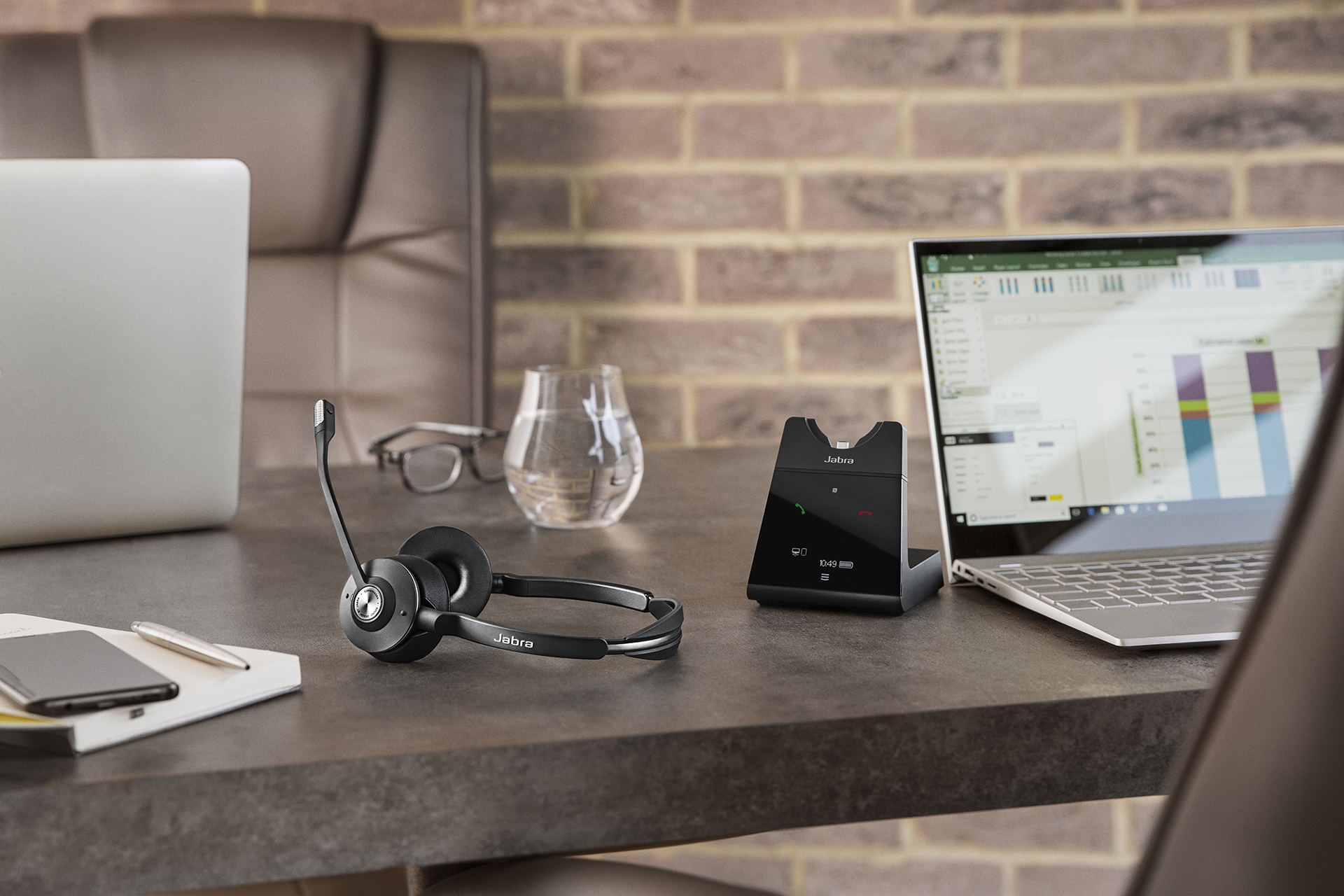Your employees want a better phone system
One of the first problems that we sought to solve with Cradle was to design a system that can seamlessly connect different offices with their customers from all over, both domestically and abroad. It was rather shocking to discover that companies of all sizes and backgrounds, still to this day, rely on technology that further isolates their customers from the right person that could help them. Why is that?
Is it simply because phone systems aren’t intelligent enough to direct calls properly? Or rather, no one took the ownership to find a proper solution to solve the problem of frequent missed calls that costs companies thousands in lost revenue. We are talking about real money that can be re-invested into hiring more employees and building better products.

I am busy. Can you take this?
Interestingly, the answers to these questions have become the unspoken truths within teams, to a point of a becoming a self-fulfilling prophecy: they accept the notion that because it’s “always been this way” that their work environment is forever cemented by a telco contract that they signed a decade ago!
Sunken by Sunk Costs
I recently chatted with a potential customer where they have an unique number for each of their six offices spread across Australia (plus six other numbers for their offices in three other countries). I assumed that some, if not all, of their offices are connected within one centralised system so that a customer can be helped by anyone who worked in any one of those offices.
Nope.
Instead of having one centralised system, it’s completely disjointed where different offices use different phone providers and none of them are tied together. So rather than giving each caller the full support of six offices, the caller is at the mercy of each office’s propensity to pick up the phone, a desk phone to be exact. They have made it work over the years and no one has complained much about it. And besides, they spent countless hours and thousands of dollars to get these phones set up so the motivation for change was understandably low. So they told me “We like your cloud phone system but we are just not in the position to switch to another service at the moment.” The deal was lost (for now) but it made think hard about the different barriers to entry for our prospective customers.
Old Habits Die Hard
Since my encounter with the Aussie company aforementioned, we have helped onboard a couple larger organisations who, in many ways, are outside of our initial target audience. Some characteristics that they share are the following:
- Everyone is tied to an old desk phone
- Everyone uses Windows and many are still on Windows 7 (some are still on 32 bit systems!)
- They were stuck in a long telco contract for many years but were about to come off of it
- They were paying a premium for outdated technology
- Hesitation around change in phone culture (“always been this way”)
The last point seems to the stickiest and most challenging one to understand, as we technologist can’t fathom how a user wouldn’t want to make their lives easier by upgrading to new technology. To them, changing their phone system feels like changing their route to work every morning — a habit that they have formed for years. So instead of opening up their minds to the benefits of new features, they are more concerned about what they might be losing instead. In some ways, there’s an element of emotional attachment to technology that can’t be reasoned, but that doesn’t mean we shouldn’t try to empathise.
But wait a minute, isn’t that the hidden truth that we have been ignoring this whole time? While we have been busy crafting and building the shiniest piece of software, we have also stopped empathising with people, the same ones that we claim that our technology can help. But isn’t the whole point of technology to make people’s lives better and easier, as judged through the lens of the user, not the designer nor engineer?
So we stopped judging with our own predisposition and began listening.
Being Heard, Finally
After talking to hundreds of prospective and some now current customers, here’s a simple truth: your employees, whether they express it directly or not, want a better phone system. But it’s not always easy to ask (or even demand) a change because it’s not always easy to articulate what they would like to be changed.
However, we can report to you some common complaints that we have heard:
- Not being able to see who’s online when making a transfer
- Need to punch in the number before transferring calls
- Can’t take business calls when working from home
- Call quality is unpredictable
- Worry about expensive call rates when calling internationally
- Not knowing what happened to missed calls
- Have to give away personal mobile number when making outbound calls
Do any of these resonate with your own experience using your company’s phone system?
Switching Can Be Easy
Of course, I can spend the rest of this precious space (and your attention) to highlight Cradle’s solution to every single one of these complaints (I am happy to do it over a phone chat, if you would like). But here’s the question that I would like to get more insight on: When is it a good time then?
Too often I see that businesses are hesitant to change because they can’t see past the sunken costs. And because of this, they are hesitant to make changes to tools such as a phone system, a critical business product that can add a lot of tangible value. Consequently, their team’s individual output is limited by what tools are given to them, an important consideration that rarely gets talked about.
At Cradle we invest a lot of our time and energy into figuring out how we can make each user’s day-to-day easier and more productive. Since we specialise in business communication, we feel a greater degree of responsibility to turn every “always been this way” into “best decision we have made”. Feel free to drop us some feedback on how we can make your business phone communication easier.
Share this
You May Also Like
These Related Stories

Jabra and us: Flirting leads to dating

Making mobiles work in a modern workforce
